1. THE FALL OF THE NDEBELE STATE (Part 2)
Umnxeba... 🧵
In our previous thread on the collapse of the Ndebele state & the creation of Southern Rhodesia we discussed the defining war between the Ndebele army & Rhodes' Pioneer Column.
Umnxeba... 🧵
In our previous thread on the collapse of the Ndebele state & the creation of Southern Rhodesia we discussed the defining war between the Ndebele army & Rhodes' Pioneer Column.
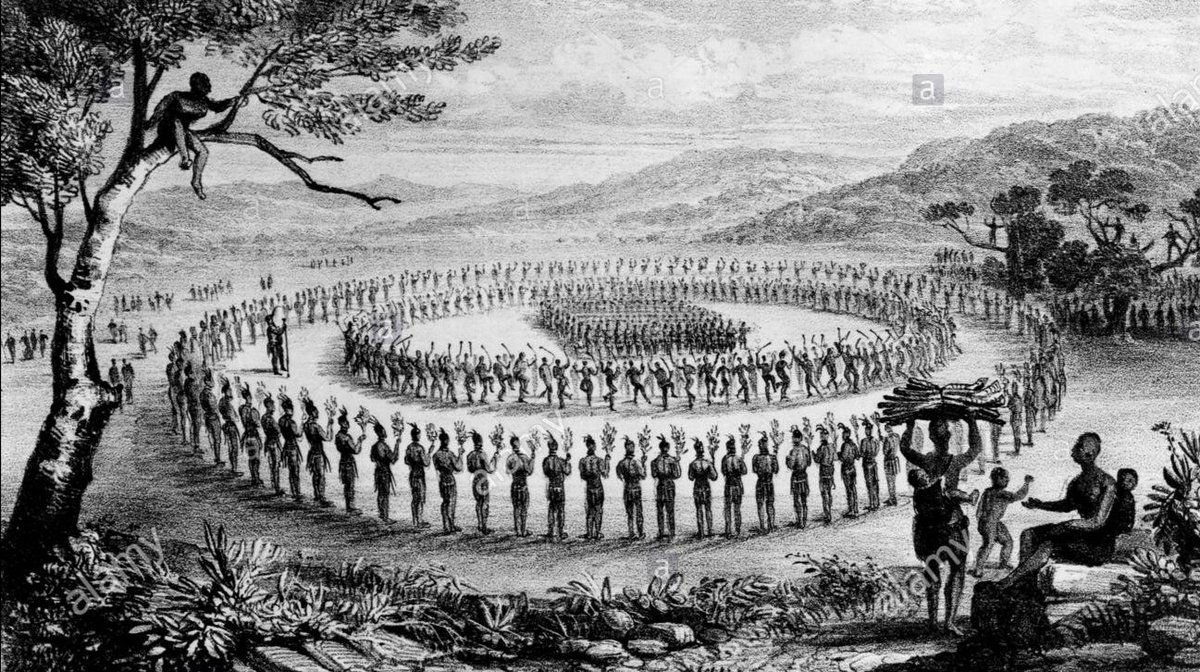
2. We discussed how the Maxim gun became the deciding factor on who would win the war. We also covered how some blacks from the then Mashonaland Protectorate were recruited by Leander Starr Jameson into the Pioneer Column. 

3. Today we look at how Cecil John Rhodes sought for help from Kgosi Khama III of the Bechuanaland Protectorate to help him defeat King Lobhengula in the epic battle for Matabeleland. 
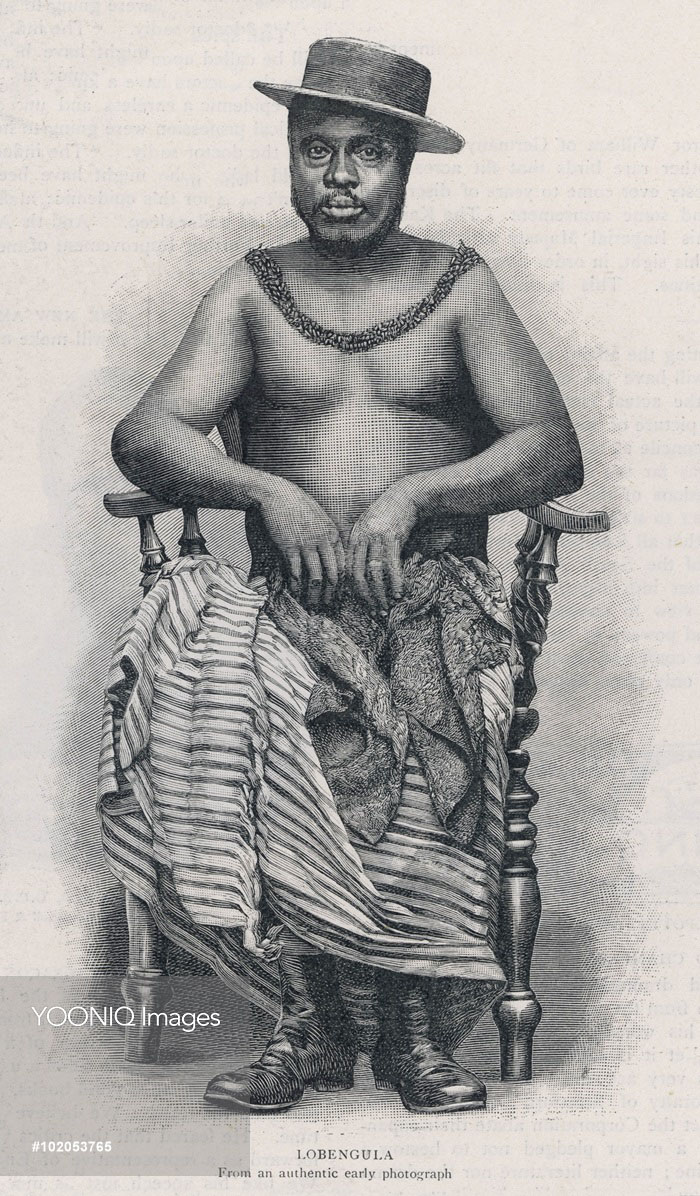
4. Botswana then known as Bechuanaland Protectorate became a British protectorate after three chiefs Sebele I, Bathoen I & Khama III went to the UK in 1885 to negotiate for British protection. The Tswana chiefs knew that the colonisation of Africa was inevitable. 
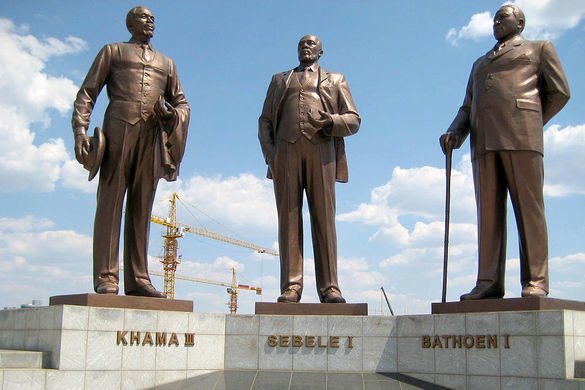
5.Kgosi Khama III was very strategic, modern & visionary. He has cordial diplomatic relations with the British government. During his reign, he struck a deal with the British to protect his people and land from intruders. He was revered as 'Khama the Good' & 'Khama the Great'. 
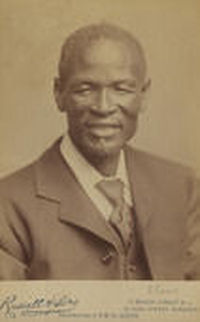
6. One fateful morning in Khama's Ngwato capital of Palapye, he received a telegram from Cecil John Rhodes informing him that he was sending a special envoy to Palapye to seek military assistance to fight King Lobhengula. 

7. Rhodes knew of the unresolved feud between Batswana & the Ndebele dating back to the days of of Mzilikazi who constantly raided Batswana & captured their precious youth & cattle. Due to his military might King Lobhengula also raided Batswana just like his father Mzilikazi. 
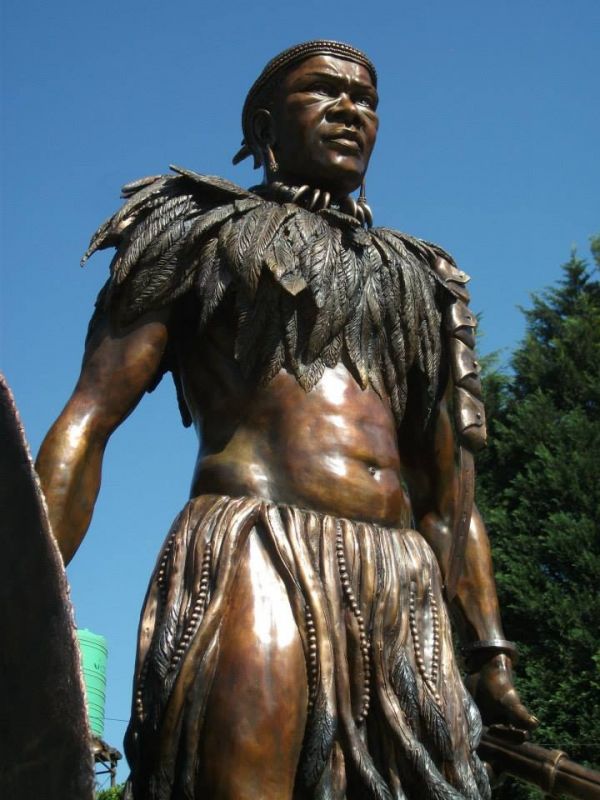
8. As predicted by Rhodes Batswana could not miss this opportunity to settle scores with the Ndebele for once and for all. A Batswana force of approximately two battalions with superior weapons was dispatched by Kgosi Khama III to assist the Pioneer Column. 

9. Lobhengula had an army of approximately 100 000 men made up of around 80 000 soldiers equipped with spears and about 20 000 Martini-Henry riflemen. Even though the forces pitted against the Ndebele soldiers were fewer in number their strength lay in their superior Maxim guns 
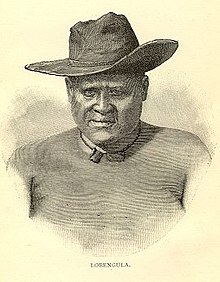
10. Matabeleland was attacked from two fronts. Rhodes' forces descended from the north. Kgosi Khama's approximately 1000 troops descended from the east equipped with modern rifles and Maxim guns. They dealt concurrent & decisive victories against Ndebele regiments.
11. The peak of the war was the battle of Gadadi in Mbembesi where Maxim guns mowed Ndebele armies in a rapid and unprecedented fashion. It was a grim harvest of humans never seen before in the militarily history of the Ndebele state. 
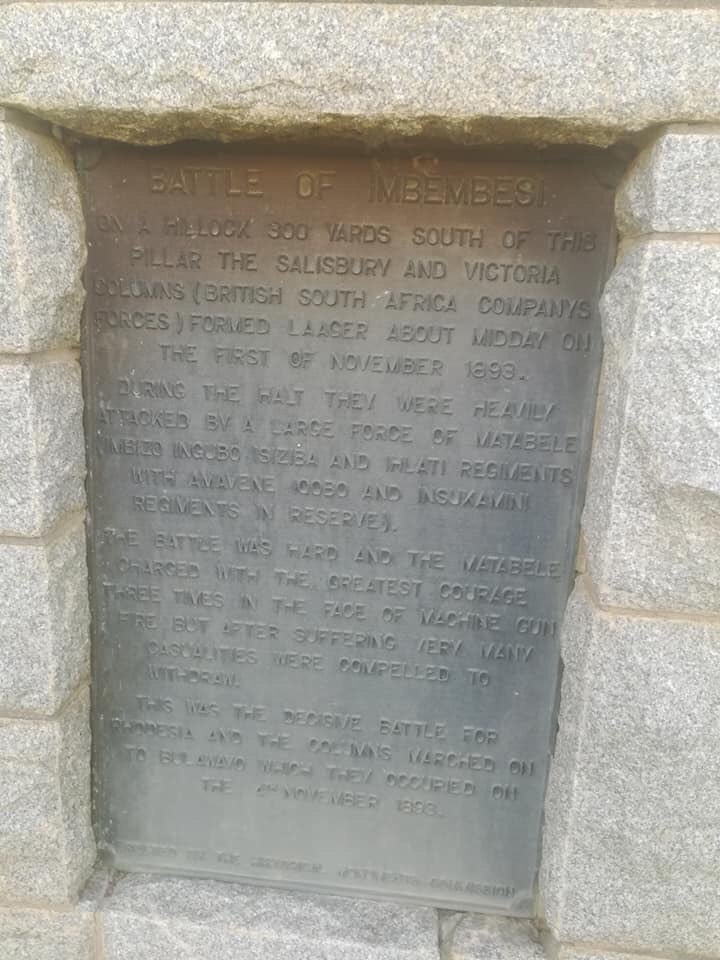
12. Seeing so much bloodshed Kgosi Khama ordered his troops to withdraw and go back home as the feud with the Ndebele had been put to rest. He ordered the troops to go and till the land as the ploughing season was upon them. At that time the rains had began to intensify.
13. Rhodes still wanted Khama's troops to help his men to capture King Lobhengula who with the advice of his War Council had already set his capital on fire and escaped towards the Zambezi Valley to avoid the humiliation of being captured & displayed to his subjects & enemies. 

14. Kgosi Khama stood his ground and refused to participate in the military expedition to catch King Lobhengula. Rhodes was greatly angered by the Khama's decision but the king was steadfast. To Khama, the feud of his father Sekgoma with Mzilikazi had been sealed by the sons. 

15. Rhodes then dispatched Allan Wilson to chase after King Lobhengula. However, Wilson & his troops were vanquished by General Mtshana Khumalo and King Lobhengula's military guard. Thus King Lobhengula survived the humiliation of being captured by the white settlers. 

16. From that day, the Ndebele royals, military leaders & the nation at large though defeated, held Kgosi Khama III in high esteem because even if he had power & advantage he chose to dignify King Lobhengula's exit by refusing to assist Rhodes to capture him. 

• • •
Missing some Tweet in this thread? You can try to
force a refresh
















